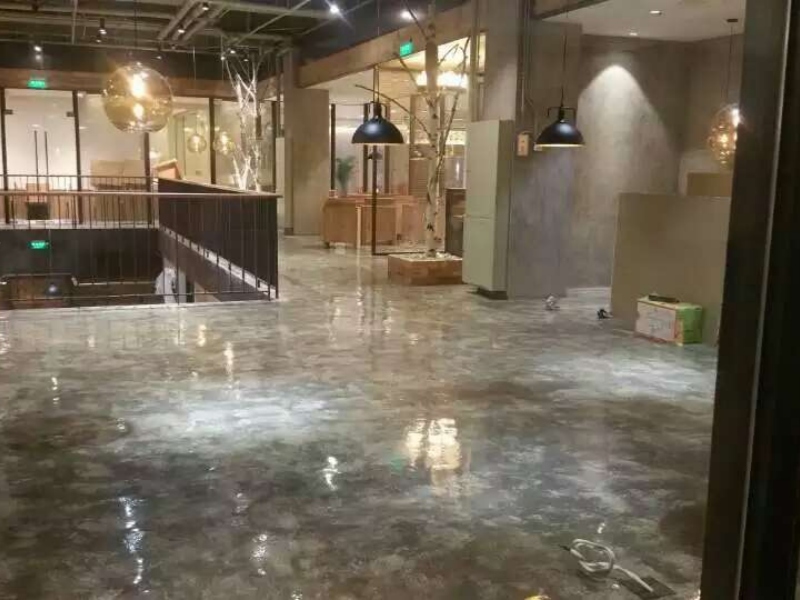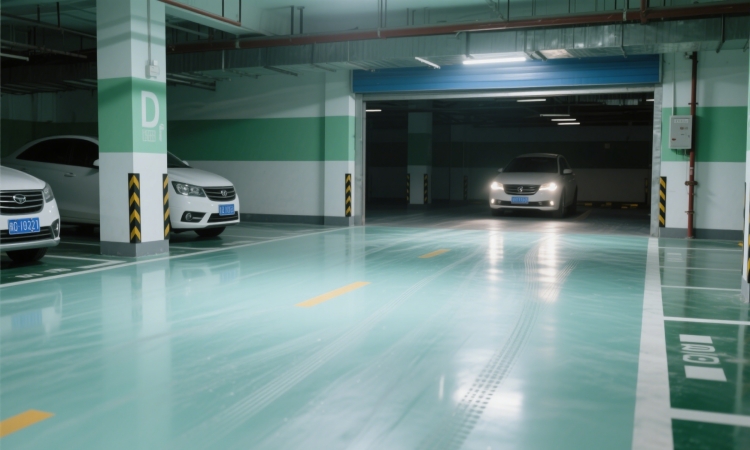Explore the secrets of water-based epoxy self-leveling paint: creating a new experience of seamless flooring
Jun 05, 2025
In the field of architectural decoration and industrial flooring, water-based epoxy self-leveling paint has become an ideal choice for many projects with its unique advantages. The following is a detailed introduction to this product from multiple dimensions.
Environmental protection characteristics
Low VOC emissions: Using water as a diluent, it abandons organic solvents such as benzene, toluene, and xylene, and there is almost no irritating odor during the construction process. According to the test of authoritative institutions, its VOC content is far lower than the national standard. When used in home decoration, it can effectively avoid indoor air pollution caused by the volatilization of harmful gases from paint, and protect the health of the family. In places such as hospitals and schools that have strict requirements on air quality, water-based epoxy self-leveling paint also fully meets environmental protection standards and will not have adverse effects on sensitive people.
Sustainable development: The production process follows the green concept, from the selection of raw materials to the optimization of production processes, it is committed to reducing the load on the environment. The use of this product is in line with the current trend of the construction industry to transform into a low-carbon and environmentally friendly one, helping the project obtain green building certification.
Performance Advantages
Excellent leveling: The special formula gives it excellent leveling performance. During construction, the paint automatically flows on the ground like a liquid mirror, forming a smooth and seamless coating. Taking the underground garage of a large commercial complex as an example, after using water-based epoxy self-leveling paint, the flatness of the ground is greatly improved, which is not only visually beautiful and atmospheric, but also reduces the bumpy feeling when the vehicle is driving. At the same time, the smooth surface also reduces the adhesion of dust and stains, making cleaning work easy and efficient.
High hardness and wear resistance: The coating has high hardness and can withstand frequent human and logistics rolling. In industrial plants, forklifts and heavy equipment operate for a long time, and ordinary floor coatings are prone to scratches and wear. The coating formed by water-based epoxy self-leveling paint can effectively resist such wear. After testing, under normal use, its wear life can reach 5-8 years, greatly reducing the maintenance cost and frequency of the ground.
Excellent corrosion resistance: It has strong chemical corrosion resistance and can resist the erosion of chemicals such as acids, alkalis, and salts. In the workshop of a chemical plant, various chemical reagents may spill on the ground. This paint can protect the ground substrate from corrosion, maintain the stability of the floor structure, and extend the service life. At the same time, in a humid environment, it is not easy to peel or fall off, and has good moisture-proof performance.
Construction points
Surface treatment: Before construction, the surface must be flat, dry, oil-free, and dust-free. For uneven floors, a grinder should be used for grinding; places with cracks or holes should be filled with repair materials to make them flat. For example, in the renovation project of old factory buildings, there are a lot of cracks and sanding on the ground. After thorough grinding and repair, the adhesion and overall effect of the subsequent coating can be guaranteed.
Paint preparation: Strictly prepare the paint according to the proportion specified in the product manual, and fully stir the main agent and curing agent. The stirring time is generally not less than 5 minutes to ensure uniform mixing and avoid degradation of coating performance due to improper preparation.
Multi-layer construction process: Usually, primer, mid-coat, and topcoat are used for multi-layer construction. The primer seals the base surface and enhances adhesion; the midcoat increases the coating thickness and improves wear resistance and compression resistance. Generally, quartz sand is applied by scraping or troweling according to actual needs; the topcoat gives the floor the final decorative and protective effect. After each layer of construction is completed, it is necessary to wait for the coating to completely dry and solidify (the drying time varies depending on the ambient temperature and humidity, generally 24-48 hours) before the next layer can be constructed
.
Read More


